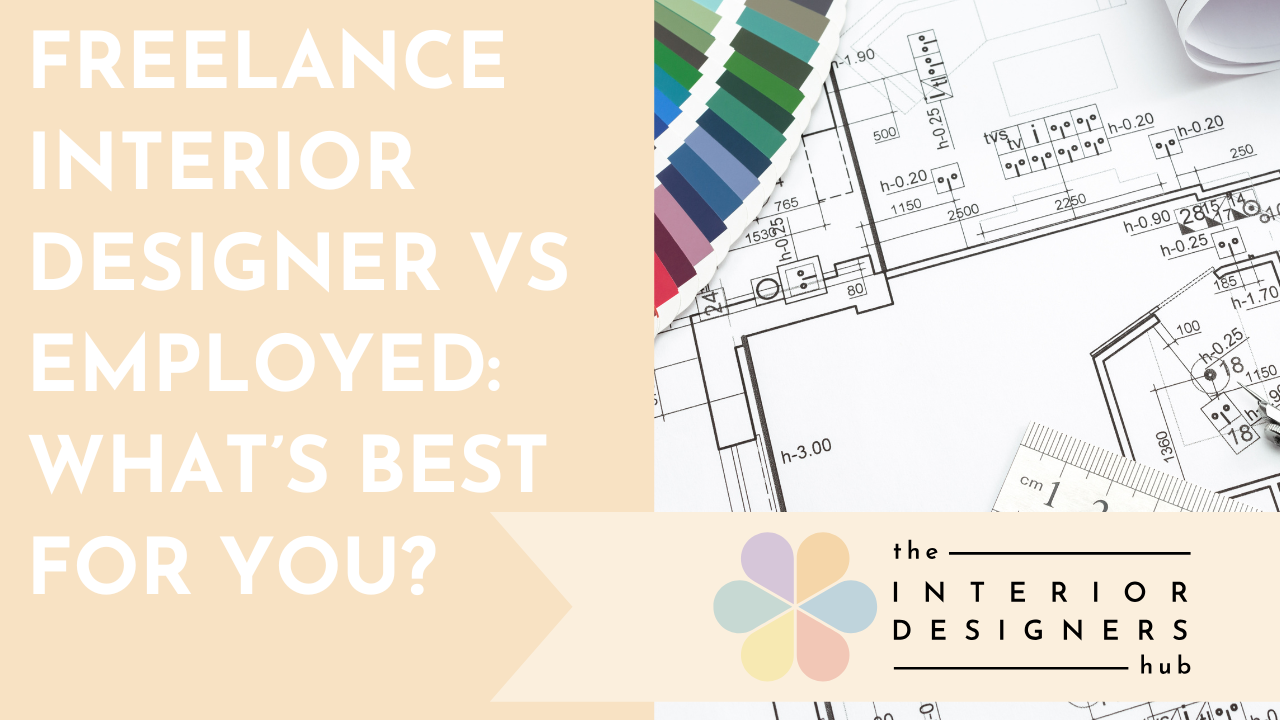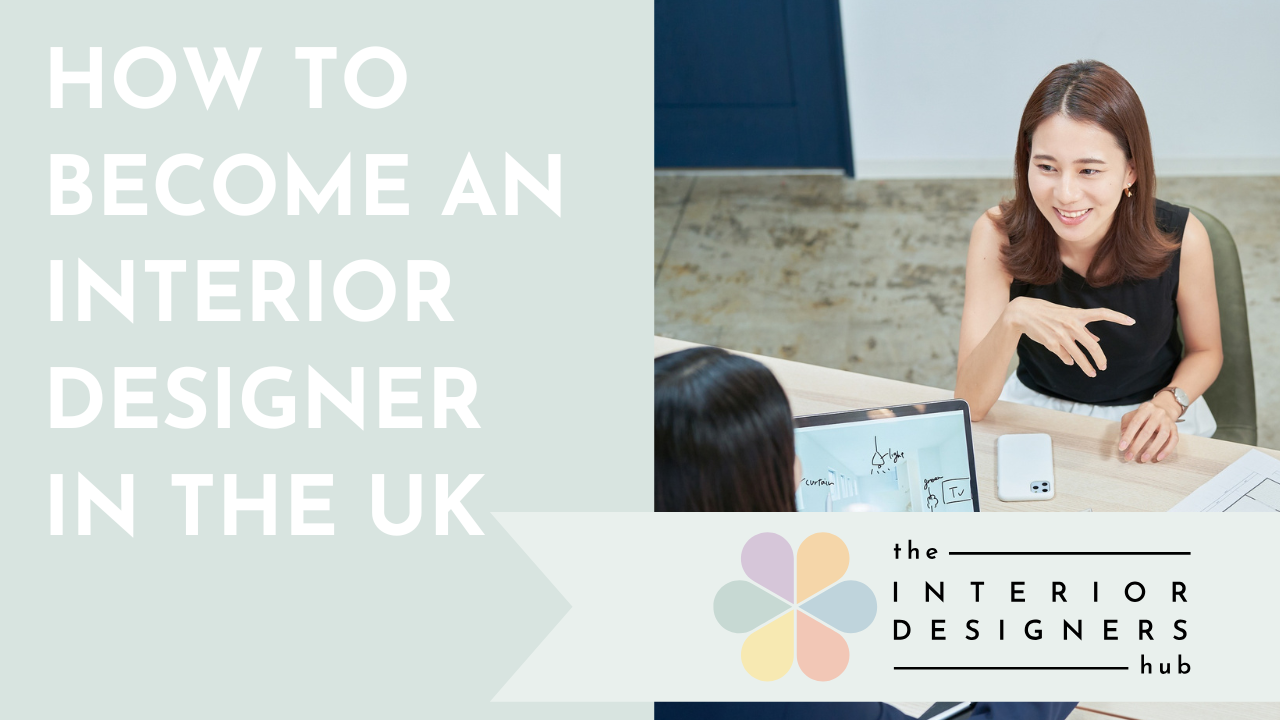Interior Design Project Management: Handle it Like a Pro

Are you constantly juggling client expectations, deadlines, and budgets whilst trying to create stunning spaces? Let's be honest—managing interior design projects can feel like herding cats in a fabric warehouse! But with the right approach, you can transform chaos into a seamless client experience that generates glowing testimonials and a steady stream of referrals.
What You'll Learn
- How to structure your interior design project management process from start to finish
- Practical systems to streamline client onboarding and communication
- Expert tips for consultations, concept development, and project delivery
- Ways to turn completed projects into powerful marketing assets
Why Proper Project Management Matters for Interior Designers
Picture this: It's Monday morning, you've got your favourite cuppa in hand, and instead of that familiar knot of deadline dread in your stomach, you're feeling... calm? Even excited? That's what a solid project management framework creates—not just happy clients, but a sustainable business that brings you joy rather than burnout.
The truth is, design talent alone won't build a thriving interior design business. The difference between constantly stressed designers and those with waiting lists and premium rates? It's usually down to their project management skills.
Building Rapport from the First Client Contact
People buy from people they like and trust. When that initial enquiry lands in your inbox, resist the temptation to fire back a generic response. Instead, connect as a human first.
Try this: Mirror their communication style whilst empathising with their specific pain points. If they mention feeling overwhelmed by their renovation, acknowledge that feeling before diving into how you can help.
For example:
"I completely understand how daunting a full house renovation can feel, especially whilst juggling work and family commitments. Many of my clients have felt exactly the same way before we created a structured plan together."
This simple approach immediately differentiates you from competitors who lead with packages and prices rather than understanding.
Creating Client-Friendly Systems
The fastest way to elevate your professionalism and reduce your stress? Proper systems. Here's what you need:
- Streamlined scheduling - Implement a calendar booking tool like Calendly that syncs with your availability and eliminates the back-and-forth email tennis.
- Automated welcome sequence - Set up an email automation that sends prospective clients a welcome kit with:
- Your design philosophy and approach
- Clear explanation of your process
- Case studies or testimonials
- Initial questionnaire to get them thinking
- Client portal or shared workspace - Consider using platforms like Asana, Trello or even a shared Google Drive to keep all project documents, inspiration, and communications in one place.
Implementing these systems not only saves you countless hours but also creates an impressive client experience before you've even had your first proper conversation.
Preparing for the Initial Client Call
Would you show up to a design presentation without samples? Of course not! Yet many designers wing their initial client calls, missing crucial opportunities to demonstrate their expertise and qualify potential projects.
Before every discovery call:
- Research the client and property (a quick social media scan can reveal valuable insights)
- Prepare a structured call guide with specific questions about their lifestyle, budget, and timeline
- Set clear boundaries about what the call will (and won't) cover
- Have your portfolio ready to share specific examples relevant to their project
Remember: You're interviewing them as much as they're interviewing you. Not every project or client is the right fit for your business.
Mastering the Three-Stage Discovery Call
The initial client call should follow a clear structure rather than meandering through a general chat about design preferences. Structure it into these three distinct phases:
1. Fact-Finding (70% of the call)
- Their "why" behind the project
- Budget expectations and flexibility
- Decision-making process (who else needs to approve decisions?)
- Timeline constraints
- Lifestyle needs and pain points with the current space
2. Process Overview (20% of the call)
- Explain your unique approach
- Set realistic expectations about timelines
- Clarify communication methods and frequency
- Address potential challenges proactively
3. Package and Fee Discussion (10% of the call)
- Present investment levels confidently
- Explain value rather than itemising hourly rates
- Outline next steps clearly
By following this structure, you control the conversation whilst gathering all the information needed to determine if you'd be a good fit for the client's needs.
Elevating the In-Person Consultation
The on-site consultation is where the magic happens—your chance to demonstrate expertise whilst gathering crucial details. Yet many designers miss opportunities by treating it as just a measurement session.
Consultation Mindset
Enter every consultation with confidence in your expertise and genuine curiosity about the client's needs. You're not there to sell; you're there to solve problems and create possibilities they haven't even imagined.
Practical Preparation
- Confirm details 24-48 hours beforehand to avoid no-shows
- Bring a consultation kit including:
- Measuring tools and grid paper
- Camera/phone for documentation
- Initial material samples to gauge style preferences
- Client agreement forms
- Project questionnaires
- Payment processing capability
Pro tip: Always clarify that this stage is about information gathering, not on-the-spot design solutions. Setting this expectation prevents clients from feeling disappointed when you don't provide immediate answers to every design challenge.
Concept Development: From Information to Inspiration
With all your information gathered, now comes the creative transformation. The concept development stage is where you translate client needs into design vision.
Setting clear expectations is crucial here:
- Specify exactly what deliverables the client will receive
- Be explicit about the number of concepts and revision rounds included
- Establish a clear timeline for presentation
When presenting concepts, focus on the "why" behind each decision rather than just the aesthetic appeal. Connecting design choices to the client's specific lifestyle needs or challenges demonstrates your thoughtful approach and justifies your professional fees.
Detailed Design Development
For larger projects, concept approval leads to detailed design development—the stage where broad ideas become specific plans and specifications.
This typically includes:
- Final space planning
- Lighting and electrical plans
- Custom joinery details
- Material, fixture and furniture specifications
- Finish schedules
- Technical drawings for contractors
Communication tip: Create a visual presentation format that clients can easily understand, avoiding technical jargon that might intimidate them. Remember, what's obvious to you as a designer might be completely foreign to your client.
Project Delivery and Implementation
Depending on your service model, you may be involved in the implementation phase—turning designs into reality through:
- Procurement management
- Contractor coordination
- Installation supervision
- Quality control
- Timeline management
- Problem-solving and adaptations
The key to successful implementation is proactive communication. Issues always arise; how you handle them determines whether clients see you as part of the problem or the solution.
Set up a regular cadence of updates, whether the client has requested them or not. This transparency builds trust during what can be a stressful phase for homeowners.
The Often-Forgotten Review Stage
Once the dust settles (literally) on your completed project, don't rush straight to the next one. The review stage is crucial for both business improvement and marketing.
Gather systematic feedback:
- Send a structured questionnaire
- Schedule a post-project debrief call
- Document lessons learned for your team
Create marketing assets:
- Professional photography (budgeted into the project)
- Client testimonials and case studies
- Before-and-after content for social media
- Detailed project stories for your portfolio
Ask yourself: Could this project become a signature case study that attracts similar ideal clients? What specific elements showcase your unique approach or specialty?
Your Project Management Framework
Effective project management isn't about rigidly following industry standards—it's about creating a framework that reflects your unique design approach and service offerings.
By systematising these stages, you'll transform your client experience from chaotic to captivating, resulting in:
- Higher-value projects
- More referrals
- Less stress and burnout
- Improved profit margins
- A sustainable, enjoyable business
Remember, exceptional design talent combined with outstanding project management is the unbeatable formula for interior design business success.
Ready to Elevate Your Project Management Skills?
If you're looking to refine your project management approach even further, check out our >HUB INSIDERS MEMBERSHIP< where we cover each stage of the process, plus real-time advice from fellow designers facing similar challenges.
What's your biggest project management challenge? Share in the comments below, and let's problem-solve together!
Not sure how to set up and run your own business?
👇 Grab our step by step roadmap and stop guessing! 👇
By submitting this form you consent to receiving marketing emails. You can subscribe at any time.









